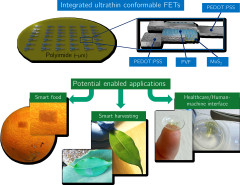Authors: Quan Ouyang, Nourallah Ghaeminezhad, Yang Li, Torsten Wik, Changfu Zou
Published on: March 06, 2024
Impact Score: 7.6
Arxiv code: Arxiv:2403.03910
Summary
- What is new: Introduces a novel, hypergraph-based approach to model active battery equalization systems, offering a unified mathematical model for the first time.
- Why this is important: Lack of a unified mathematical model for analyzing, comparing, and optimizing lithium-ion battery pack equalization systems.
- What the research proposes: A hypergraph-based approach creating a unified model that correlates battery cells and equalizers, facilitating analysis and optimization of equalization systems.
- Results: Demonstrated that equalization time is inversely related to the second smallest eigenvalue of the hypergraph’s Laplacian matrix, simplifying system selection and design.
Technical Details
Technological frameworks used: Hypergraph-based modeling
Models used: Laplacian matrix analysis for equalization systems
Data used: Quantitative analyses and illustrative results of different equalization systems
Potential Impact
Battery manufacturing and energy storage companies, electric vehicle manufacturers, and renewable energy systems could significantly benefit from the insights and optimizations offered by this research.
Want to implement this idea in a business?
We have generated a startup concept here: HyperCharge.


Leave a Reply